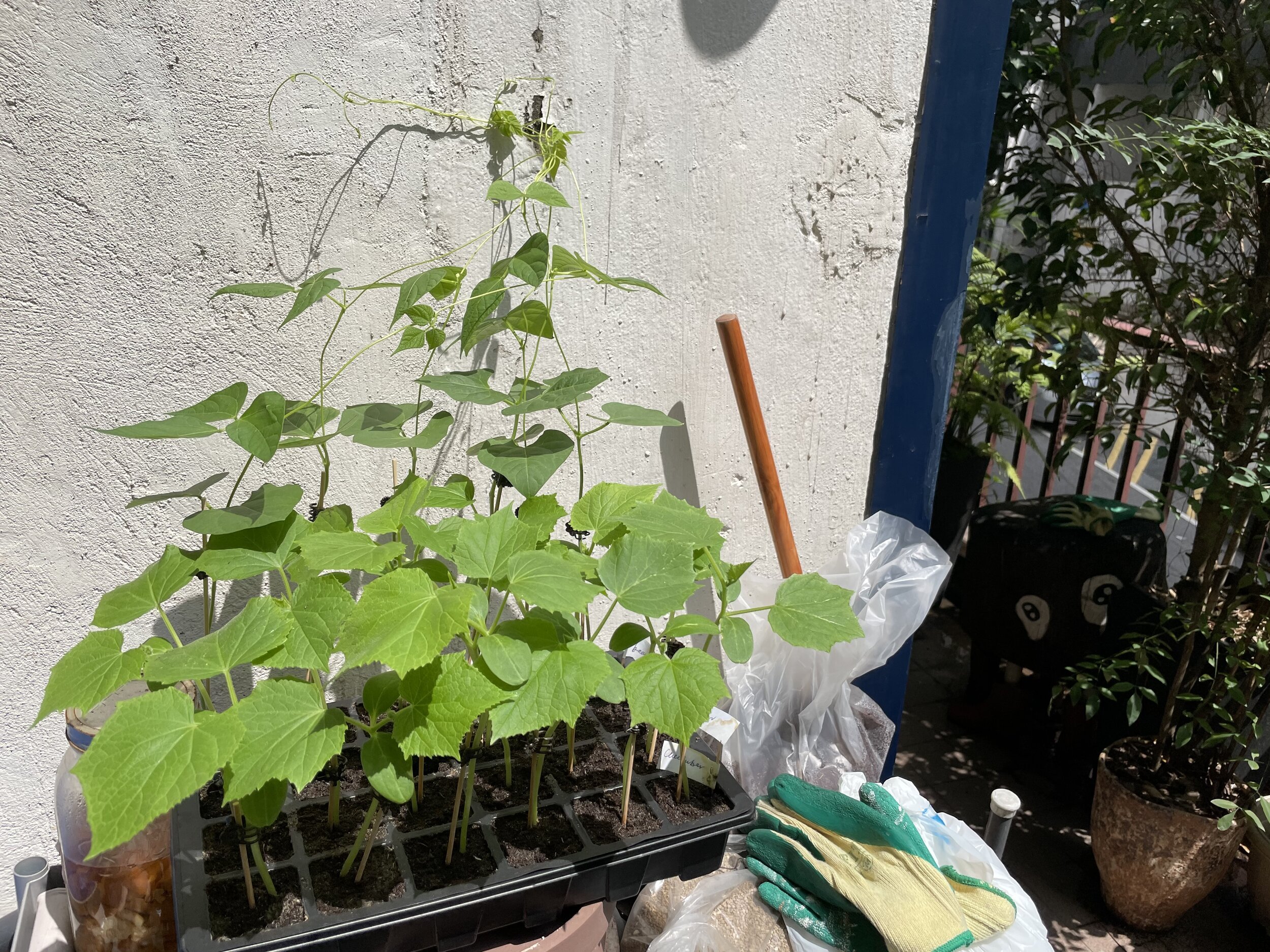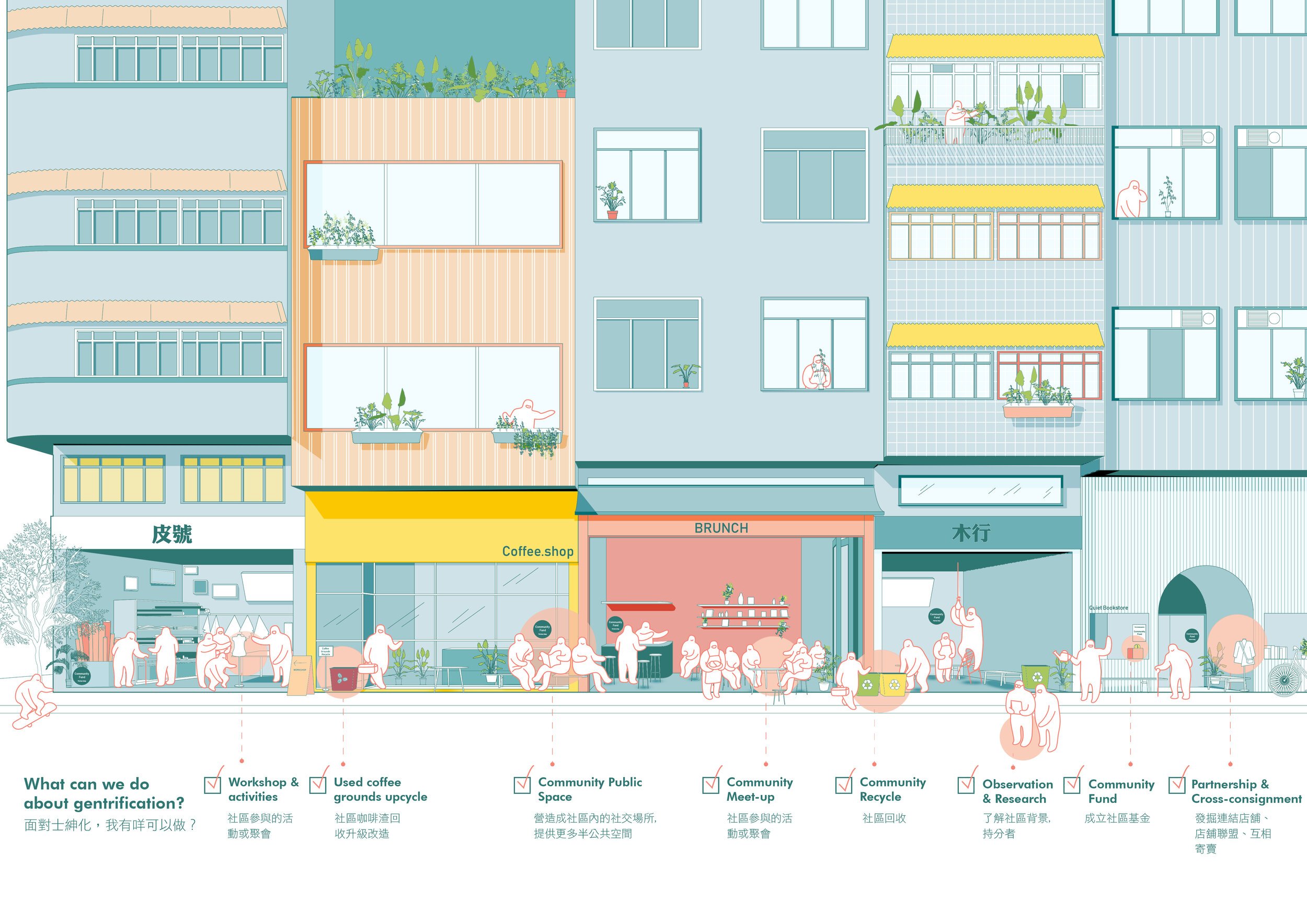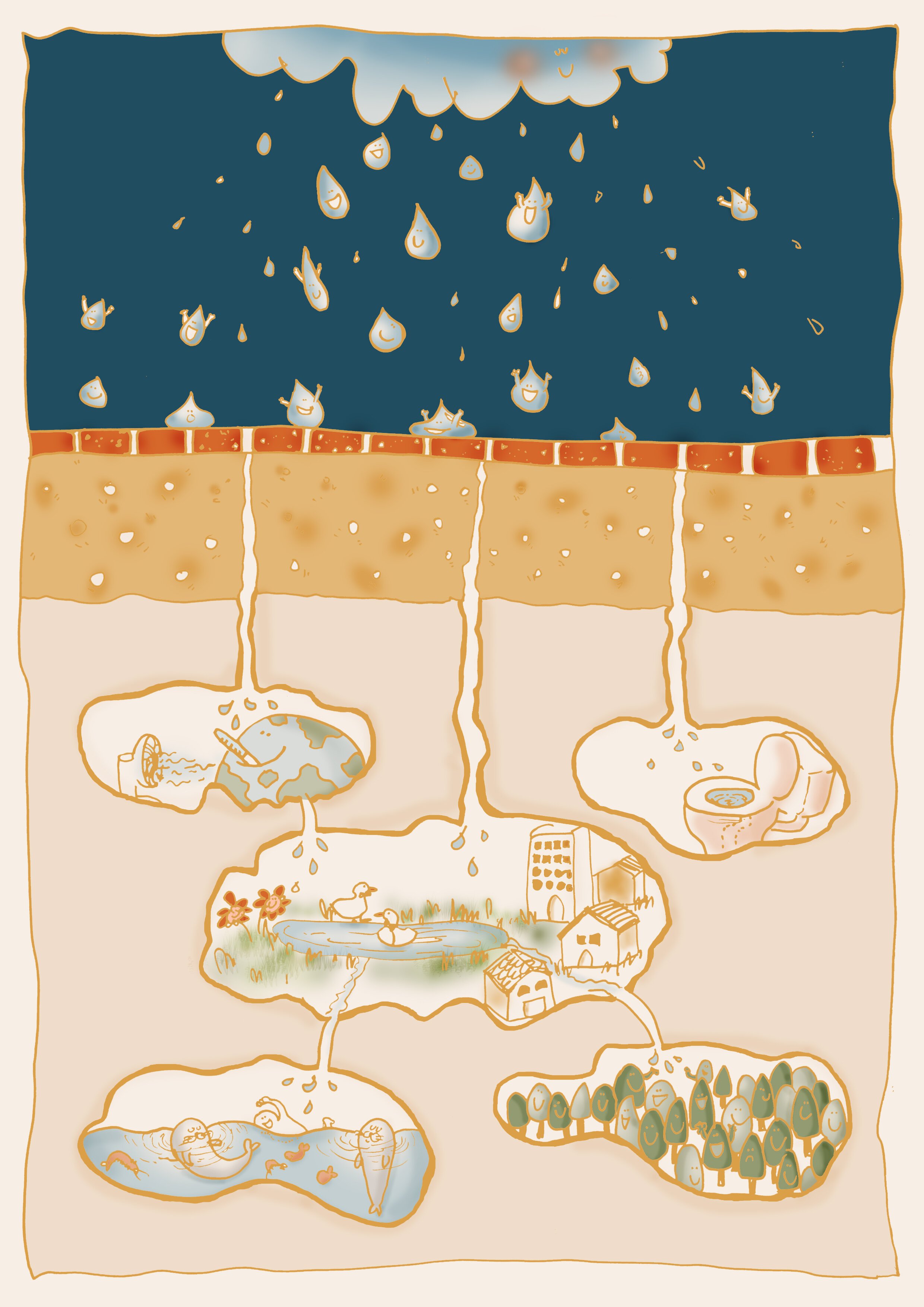帶一本書去行山|Bring Yourself a Book and Hike
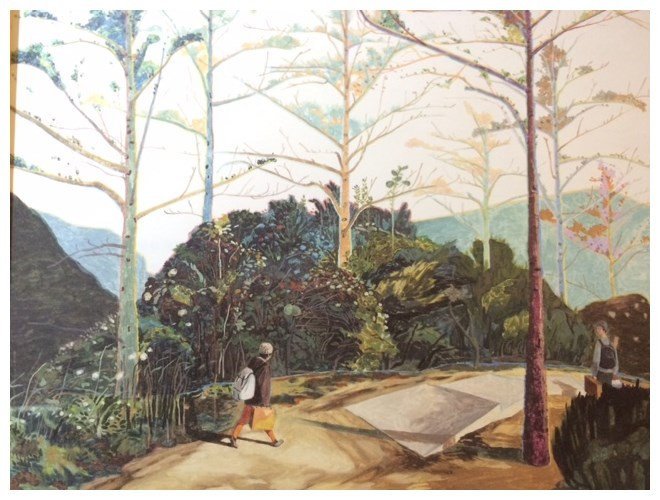
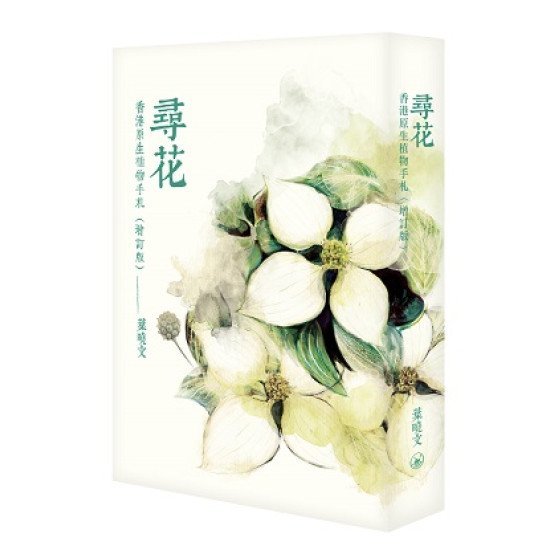
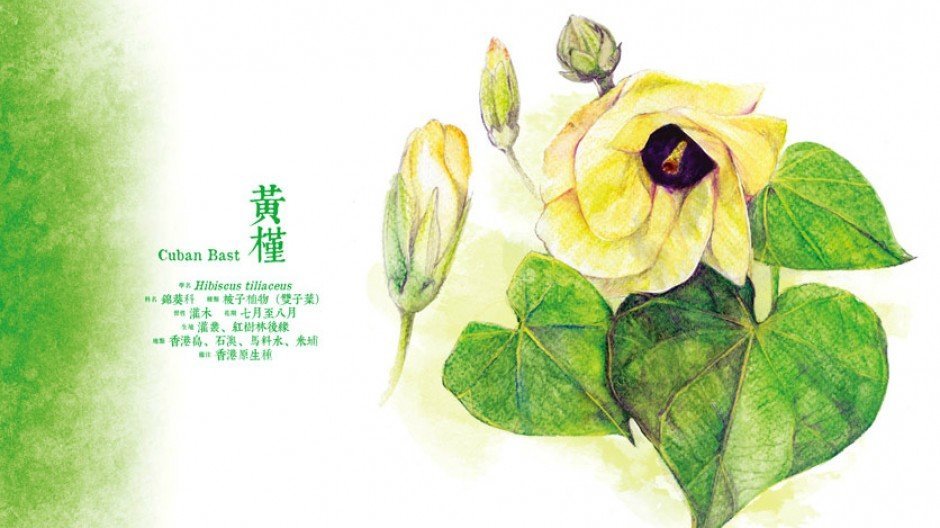
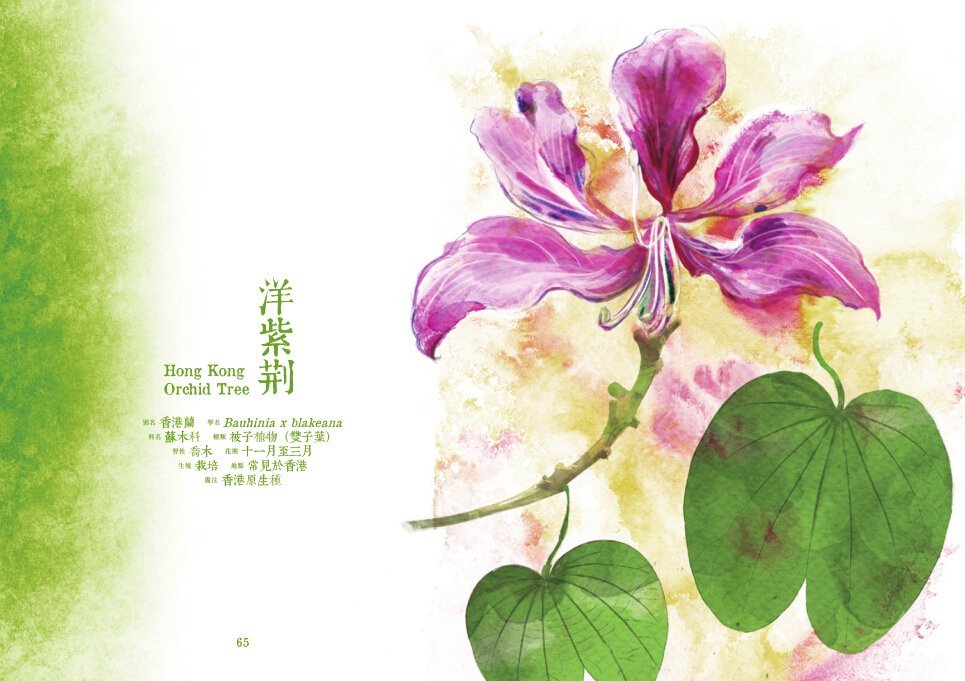

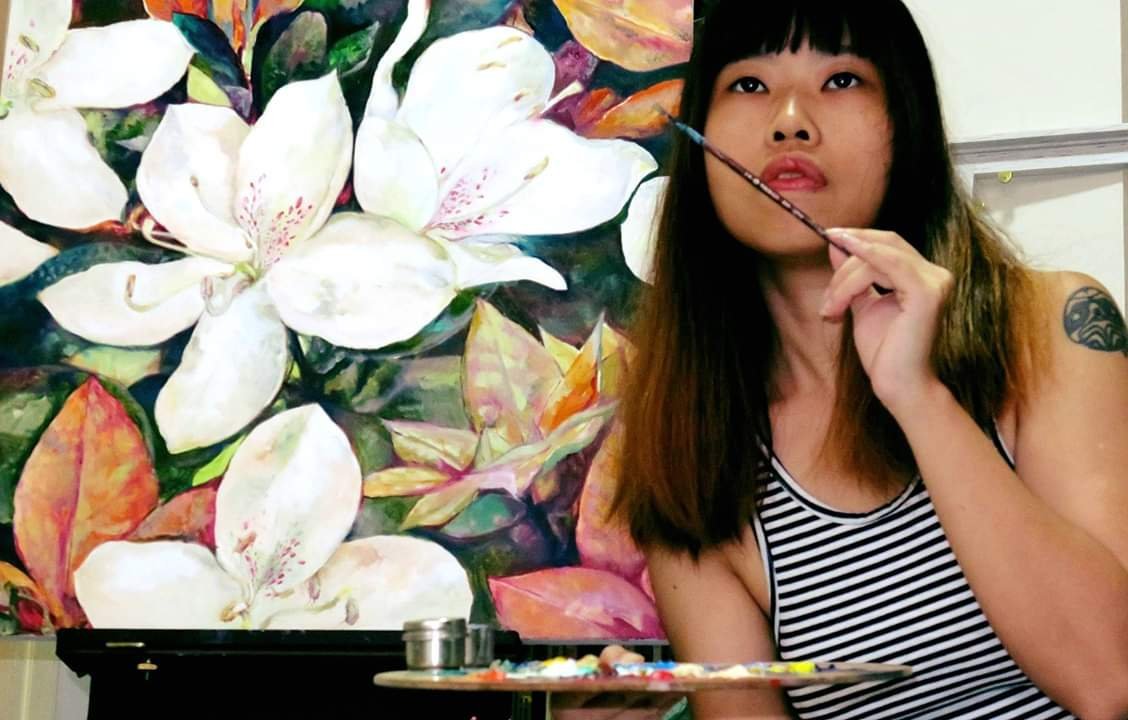
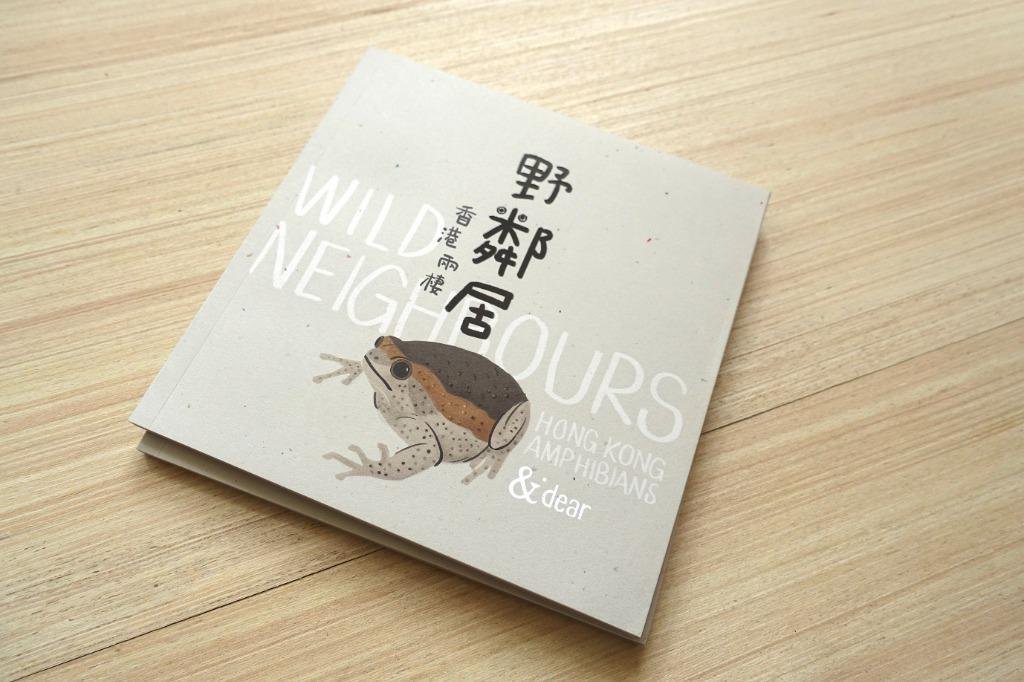
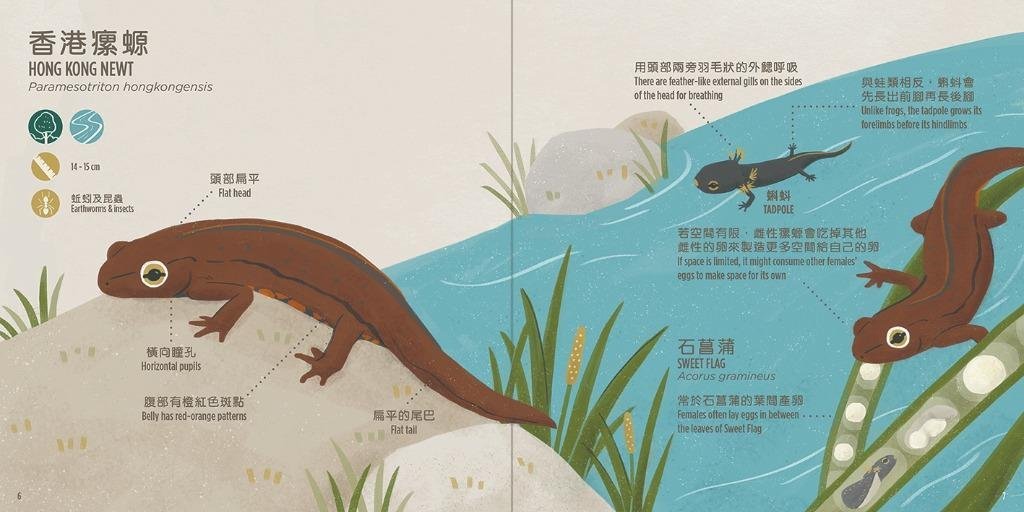
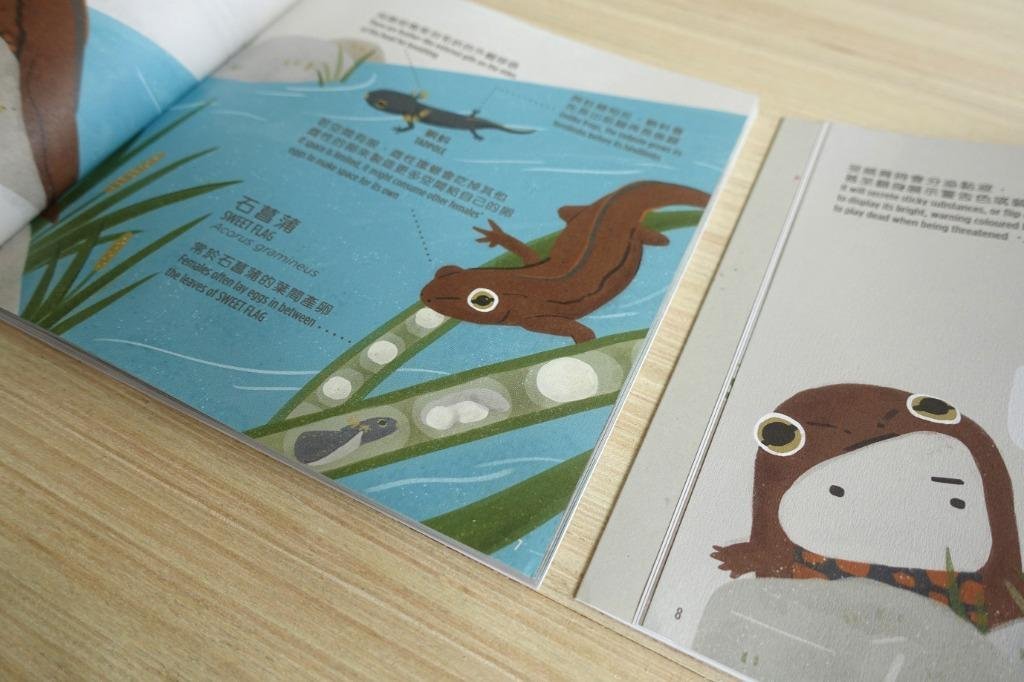
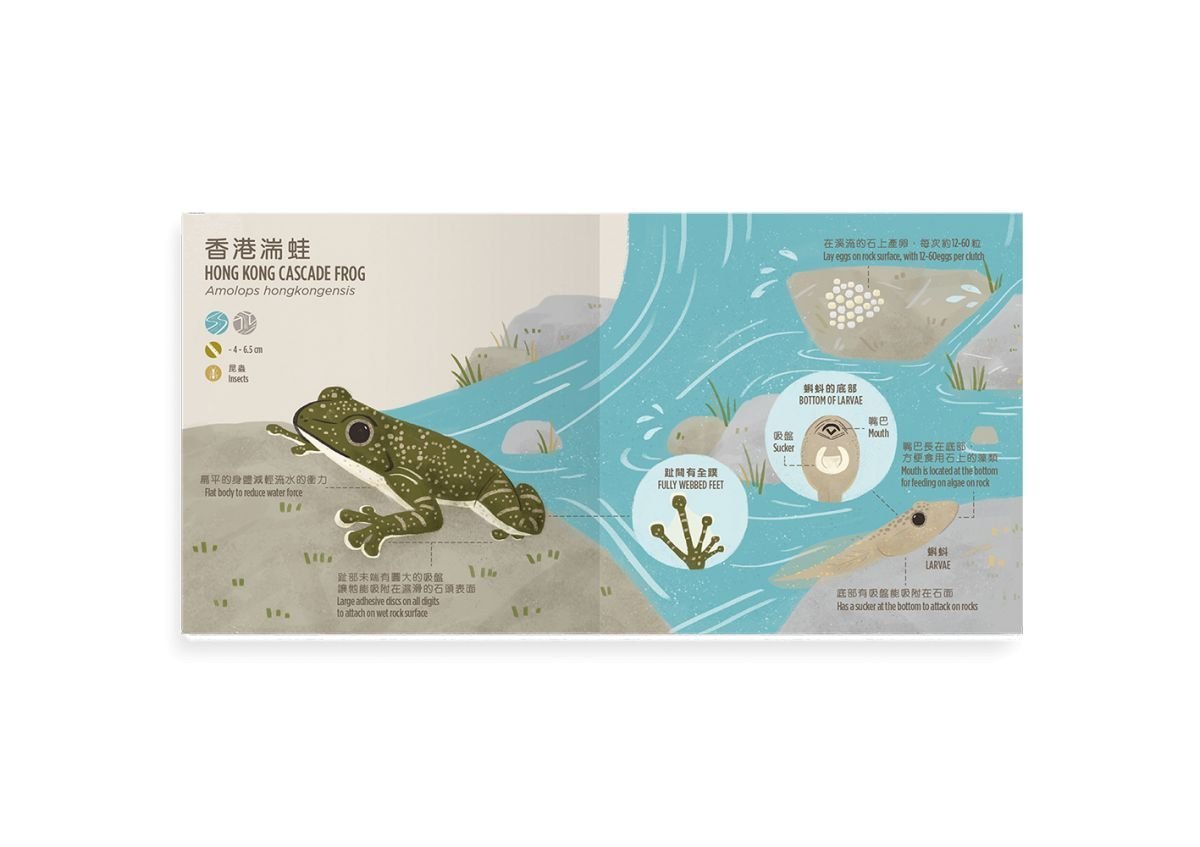
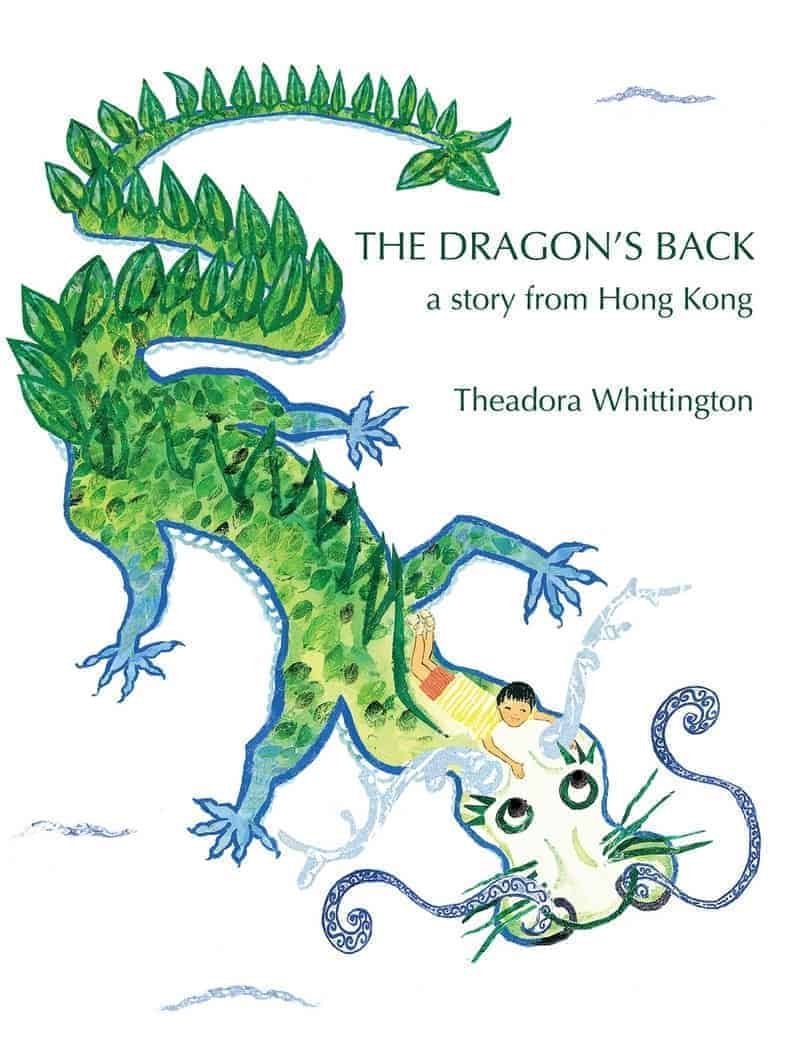
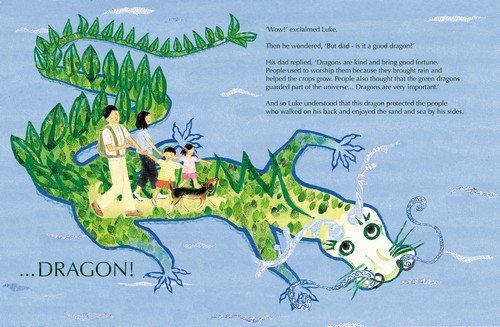
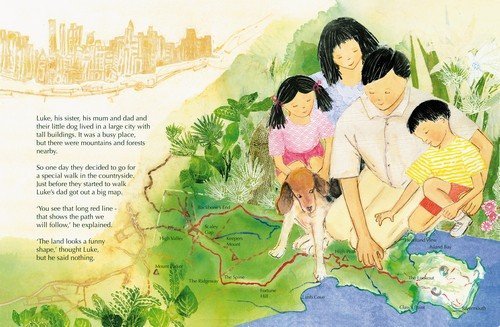
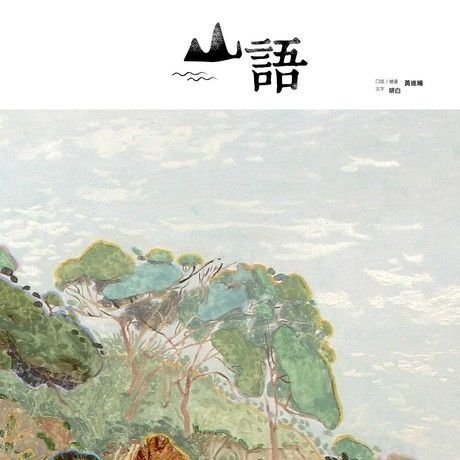
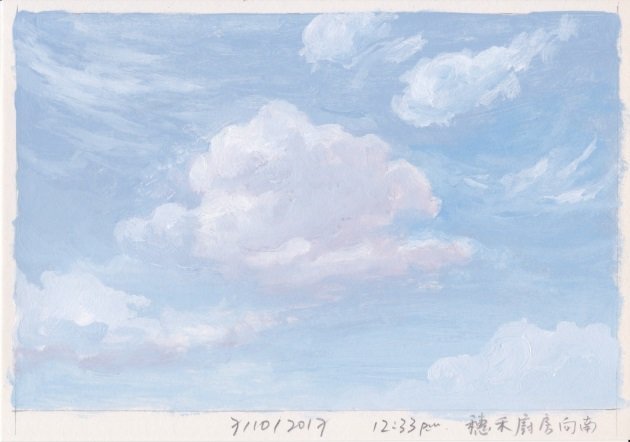
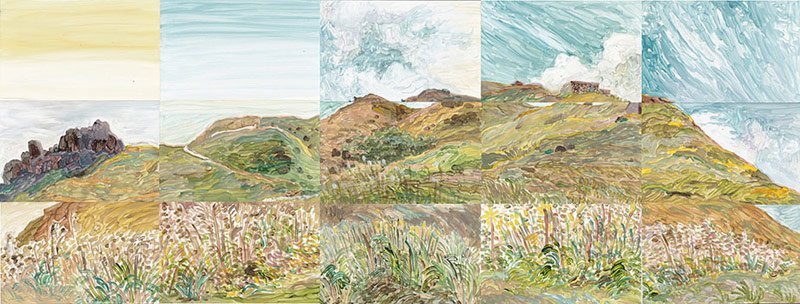
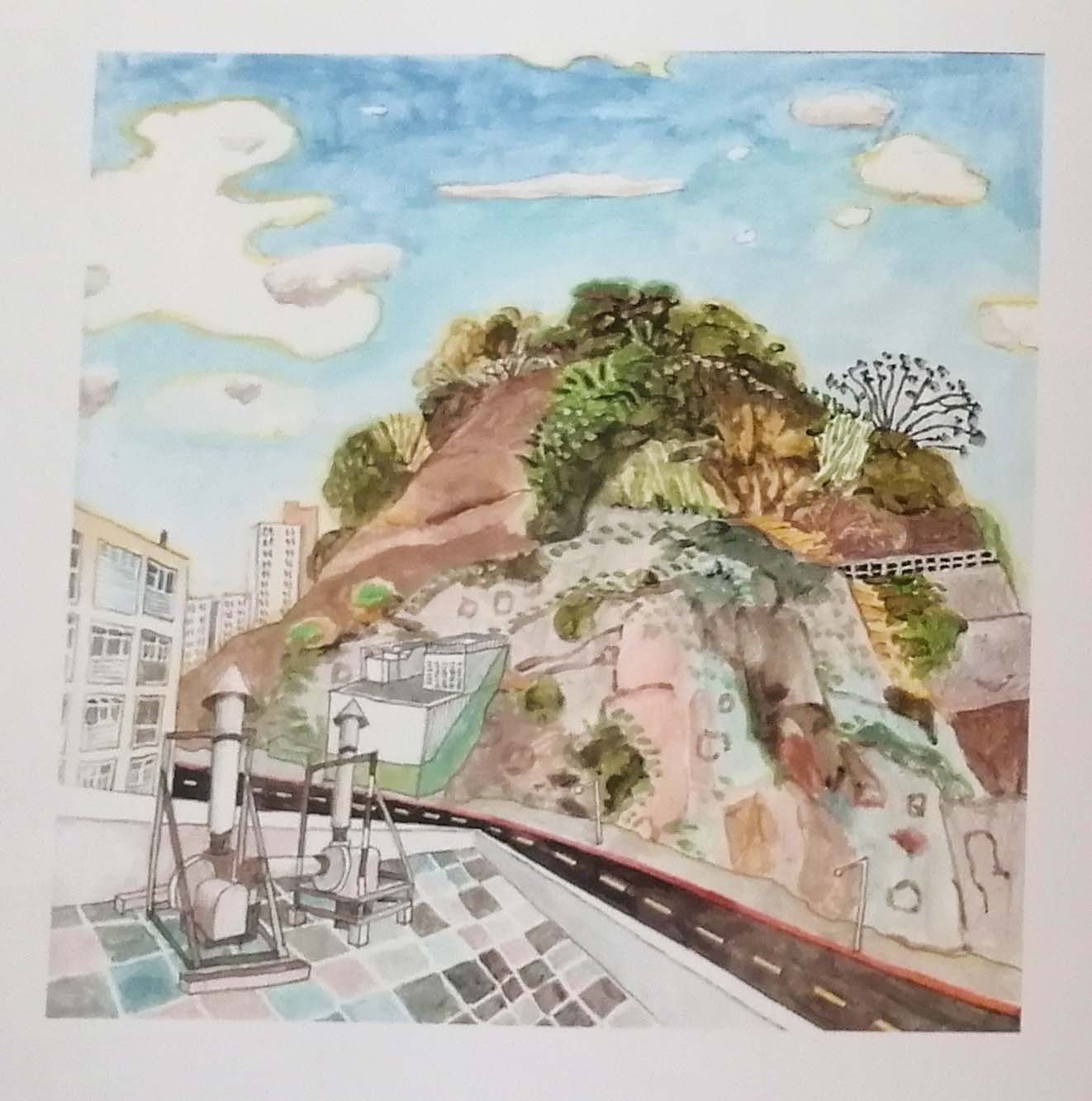
還記得疫情最嚴峻的日子,看見香港郊野人頭湧湧的畫面,除了慶幸香港人假日終於不只行街看戲消費、開始發掘佔香港四分之三的自然山嶺,也不禁讓我們思考更多:現在山上的設施,是否足夠應付這個程度的人流?如何藉著這次因疫情而起的熱潮,讓更多人關注香港行山徑的發展與保育?
過去一個月,吉人吉事嘗試開啟這個討論,希望引發更多人一起尋找適合香港、既能便利用家又可以尊重自然環境的方法,以設計回應社會的需要。不過,單單數篇探究式的文章,只夠我們打開話題。如果我們相信,最好的規劃與設計,皆要以人為本、以尊重這片土地為基礎,我們還有什麼方法可對它認識更深?吉人吉事大膽建議,不如我們嘗試從有如知識寶藏的書籍入手。看書,不一定苦悶難明,我們這次選了本地的圖集、繪本,嘗試認識更多其他欣賞郊野的方法,你會發現,香港的郊野實在值得我們花更多心思,讓它變得更美好。
《尋花》
作者:葉曉文;出版:三聯
2014出版《尋花》,透過素描與文字,記錄她在香港郊野遇見的本地原生植物。
作者葉曉文熱愛自然,與朋友經常攀山涉水尋寶,她曾在雜誌的訪問中說:「在香港郊野裏,每次行山都有不同收穫,我都想藉寫作呈現一種有趣的尋寶感。」當中,她特別記錄了50種香港的原生植物,除了拍攝、即場描繪,她還會閱讀相關書籍,尋找有關它們的歷史。
香港的原生植物,其實不少都有久遠的歷史,例如一種名叫「香港遠志」的植物,由三個外國人在1950年的香港島收集,是香港首發現的品種。不過,它的歷史源遠流長,葉曉文從古籍中追溯它,首先從三國時代的《廣雅》中,得知「遠志」古名為「葽」,再追查下去,發現「葽」早在春秋年代就記載於《詩經》之中:「四月秀葽,五用鳴蜩,八月其穫,十月隕蘀。」意即:「四月,遠志優雅開花。五用,蟬鳴叫。八月,莊稼要收穫。十月,葉子落下來。」
在書中,葉曉文也寫到尋花時經過的山野、水塘,透過閱讀她簡潔的文字,猶如走了一趟香港的山林大地。
《香港兩棲野鄰居》
作者:&dear;出版:ANDDEAR
繪本,絕對是認識大自然、動植物的最好渠道——香港生態多元,不過我們很少停下腳步仔細欣賞和認識,而即使在行山途中看見珍貴的生物,一般都會驚呼大叫,嚇親自己也嚇親這些可愛小動物。
驚呼大叫,大多是因為城巿人對牠們的偏見,當中被誤解和醜化的表表者,應該是青蛙了。蛙類動物外貌核突又滑潺潺,就算想認識更多,也早牠被嚇走了,那麼,這繪本就最適合你看了。藝術團體&dear,以有趣幽默的繪圖,帶讀者認識香港的本地兩棲動物,你會發現原來牠們外貌雖然未必最討好,但牠們實在很有趣:香港瘰螈和短腳角蟾,在受威脅時同樣會翻肚裝死;黑眶蟾蜍交配時會抱接,但常常會「抱錯」其他動物如大壁虎,又或者上演大叔的愛:雄性抱錯雄性﹗
《The Dragon’s Back》
作者:Thea Whittington;出版:BLACKSMITH BOOKS
Dragon’s Back,即是位於香港島東南部的石澳郊野公園內的「龍脊」,是香港熱門的遠足地點,風景壯麗,曾獲旅遊指南《孤獨星球》選為「香港最佳遠足路線」之一,也是CNN旅遊網站推薦的「香港島五條新手遠足路線」之一。由Thea Whittington寫的這本兒童書,正是把這條有名的行山徑,化成一個關於男孩與巨龍的故事,可說是現代版的「龍脊」神話!
故事講述一個住在城巿的男孩,一天與家人到龍脊遠足,發現自己原來在一條龍的背上看風景,後來發生山火,龍被燒傷,男孩決定悉心照顧這條一直保護家園的龍。
香港山巒很多,用童話的形式讓下一代認識,是不錯的方法!
《山語》
作者:黃進曦;出版:三聯
《山語》在2015年出版,收錄了畫家黃進曦自2008至2015年的畫,一如書名,這些畫都是寧靜而充滿詩意的香港山嶺畫作。
不過,畫作之中的景物,不止有大自然,還有在大自然中人類所建立的事物。例如,其中一幅是畫全港最高的大帽山,山頂之上,是無線電天線及大型雷達裝置;另外一幅,是畫一座長滿綠樹的小山丘,山丘的山坡被蓋上石屎,成了防止山泥傾瀉的護土牆。這些都在在提醒我們,在發展城巿的時候,先進科技及基建工程是如何強加於大自然之中。它們雖然干擾大自然,但又吊詭地讓人們更容易踏足山嶺,感受自然。
黃進曦的畫,讓人想起英國藝術家David Hockney,兩人皆着眼於平凡而寧靜的景物,捕捉大自然的微小轉變。黃進曦所畫的,提醒我們常被忽略的細節,例如雲與風,例如水面的漣漪。這些都必須是畫家把自己融入大自然,再透過長時間的觀察及重複描繪,才能領悟和繪在畫中。
雖然社交平台和攝影普及化,讓我們在手機就能輕易地欣賞香港的山景,不過看畫有時還能看到畫家對香港的熱愛與對大自然的思考、情懷,除了黃進曦,本地還有不少畫家繪畫香港自然風景,例如江啟明、梅創基、歐陽乃沾等,都很值得細看。
地點:香港
相片:網上資料
When Hong Kong imposed strict lockdown measures in the city during the pandemic, the countryside was swarmed with people looking for an escape in nature. While Hongkongers could give ourselves a pat on the back for venturing beyond window-shopping and movie-going during their rest days to explore the natural landscape that make up three quarters of Hong Kong’s land area, we can’t help but wonder: can our existing countryside accommodate such an influx of visitors? How can we ride on the pandemic-induced enthusiasm to raise public awareness for the conservation and development of Hong Kong’s country parks?
Over the past month, GUTS has initiated discussions on these questions in the hope of inviting readers to reimagine the potentials of our country parks. These articles have hopefully served as conversation starters to collect ideas and design solutions that would benefit park users, respect nature, and are tailor-made for our local conditions. If we imagine ideal strategies and designs to be people-oriented and environmentally sensitive, surely we need to first deepen our understanding of nature and its relationship with people?
GUTS has a bold proposal: why not start with books that hold vast amount of untapped knowledge? Our selection of local picture books, children’s books and art monographs offer fresh perspectives to appreciate Hong Kong’s nature. Hopefully, this will show why our precious countryside is definitely worth our efforts to make it better!
In Search of Flowers
Author: Human Ip Hiu-man; Publisher: Joint Publishing (H.K.)
Published in 2014, In Search of Flowers documents Human Ip Hiu-man’s encounters with Hong Kong indigenous plants in sketches and writings.
An ardent nature lover, Ip frequently explores the countryside with friends. She once said in an interview, “I discover something new every time I go hiking in Hong Kong and I want to capture this treasure hunt-like experiences in my writing.” The book documents 50 local plants. In addition to taking photos and live sketching, Ip also trawls through books to look up every plant’s history.
Native plants in Hong Kong indeed are a kind of natural heritage. One species of plant named “Hong Kong Milkwort” (scientific name: Polygala hongkongensis) was the first indigenous plant species discovered by three foreigners on Hong Kong Island in 1950. Ip attempts to trace the documentation of milkworts from ancient classics. She first located the ancient name of milkworts in The Broad Ready Guide (Guangya) from the Three Kingdoms period, which then led her to an earlier record in the Poetry Classic (Shijing) from the Spring and Autumn Period that noted “milkworts blossom elegantly in April; cicadas sing in May; farmers harvest in August; leaves fall off trees in October”.
Ip also writes about the natural scenery, including the hills and ponds she passed through during her search for local plants. Her simple yet powerful writing transports readers into the woodlands and mountains she has described.
Wild Neighbours – Hong Kong Amphibians
Author: &dear ; Publisher: ANDDEAR
Picture books are definitely the best medium to introduce readers to nature and wildlife. Despite living in a city with surprisingly rich biodiversity, not many would take time to appreciate or learn about our surroundings. Some might even scream when encountering rarely-sighted wild creatures and inadvertently scare them away.
Urbanites usually cannot help but shout during such unexpected encounters, probably conditioned by our biases towards hideous animals, such as frogs. Its strange appearance and unpleasant slimy skin, somehow deters people from finding out more about them.
This picture book by &dear is perfect for understanding Hong Kong’s amphibians. The artist group narrates the stories of Hongkongers’ wild amphibious “neighbors” through fun and humorous illustrations and surprising fun facts. For example, the Hong Kong Newts (scientific name: Paramesotriton hongkongensis) and the short-legged horned toads (scientific name: Megophrys brachykolos) will play dead when encountering danger by turning belly-up. Another example, when Asian Common Toads (scientific name: Duttaphrynus melanostictus) try to reproduce, the male will often mistakenly hug the wrong “mate” like the gecko, or even another male toad!
The Dragon’s Back
Author: Thea Whittington; Publisher: Blacksmith Books
Located on the south-eastern end of Hong Kong Island within Shek O Country Park, the Dragon’s Back is one of the most beloved hiking trails in Hong Kong. With outstanding scenic views, the trail is hailed as one of “the best hikes in Hong Kong” by the travel guide Lonely Planet, and listed as one of the “best five hiking routes on Hong Kong Island for beginners” by CNN Travel. The Dragon’s Back, a children book by Thea Whittington, is inspired by this superb trail to create a modern fantasy of a boy and a giant dragon.
The story begins with a city boy hiking up the Dragon’s Back with his family, and he realised before long that he was enjoying the scenic views on the back of an actual mountain dragon! Unfortunately, a forest fire broke out and the dragon was injured. In a role reversal, the boy decides to take care of this mythical creature, which has been safeguarding his homeland all this time.
With so many mountain ranges in Hong Kong, creating modern fairy tales are a good way to introduce our natural heritage to our kids!
《山語》(Words from the Hill)
Author: Wong Chun-hei Stephen
Publisher: Joint Publishing (H.K.)
In the drawings of Wong Chun-hei Stephen lies a sense of quiet contemplation and pensive poetics. Published in 2015, the art monograph Words from the Hill complies drawings completed during the period of 2008 to 2015. As the book title suggests, all the works feature Hong Kong’s hilly terrain.
Yet nature is not the sole subject of Wong’s artistic pursuits. Instead, many drawings juxtapose landscape and infrastructure. For example, one painting features the bare peak of Tai Mo Shan capped with antennas and radar devices; another features a lush canopy of trees surrounding a hilltop, with part of the hilly slope cut to make space for a concrete terrace to prevent landslides. Such scenes are a constant reminder of Hong Kong’s highly urbanised environment, and the ways modern technologies and construction have encroached upon nature. Infrastructure is meant to tame wilderness and minimise its potential damage to city dwellers, and at the same time, makes it easier to visit country parks for leisure.
Wong’s paintings are reminiscent of British artist David Hockney. Both seek to highlight the tranquil beauty of commonplace scenes and capture the subtle changes nature creates effortlessly. Wong’s works prompt us to focus on the little things that we often miss: the slowly drifting clouds, the gentle sway of cattails in the wind, and fields of radiating ripples brought by tiny bubbles punctuating the still water surface. Such keen observations could only be achieved as the artist had immersed himself in natural settings for long periods of live sketching; Wong often sketches the same setting and subject repeatedly to understand its essence.
Even though social media platforms and the popularity of photography had brought many great views of Hong Kong into the convenience of mobile screens and comfort of our homes, works by artists such as Kong Kai Ming, Mui Chong Ki, Au Yeung Nai Chim, and Wong possess ethereal atmospheric qualities, that enrich our nature experiences exceptionally. The calming presence of nature and its enduring necessity are much-needed in countering the frantic pace of urban life.
Location: Hong Kong
Photos: Internet
你可能對以下吉人吉事有興趣:
You may also be interested in these GUTS Stories:









